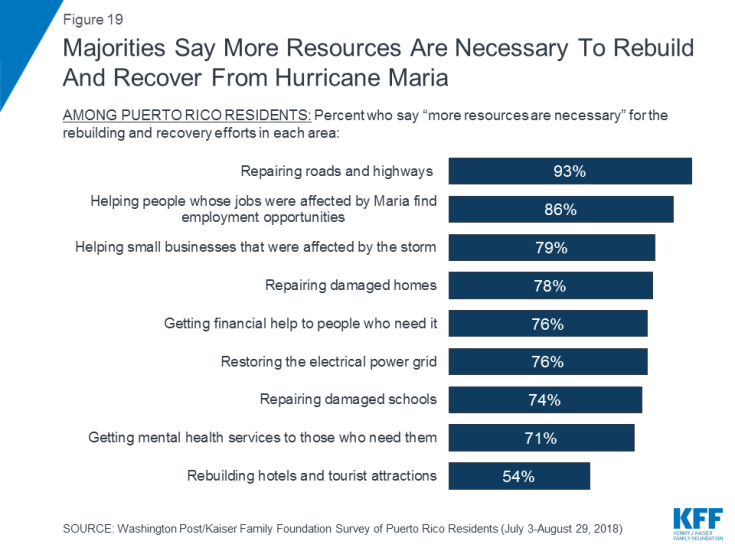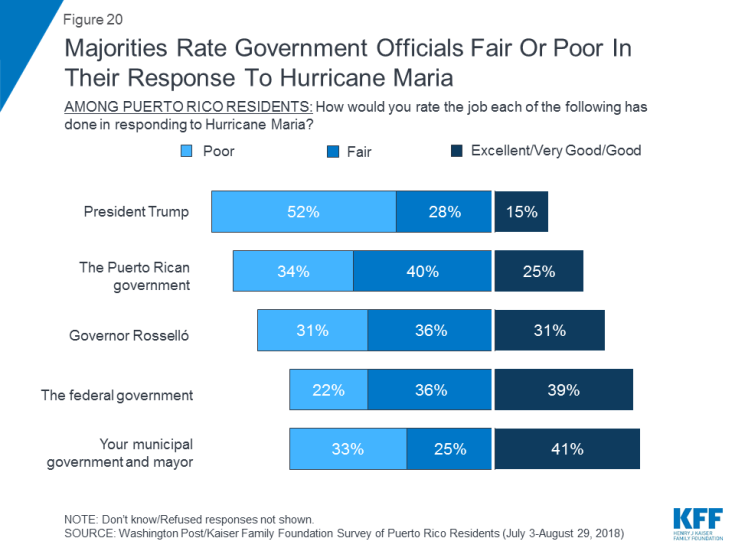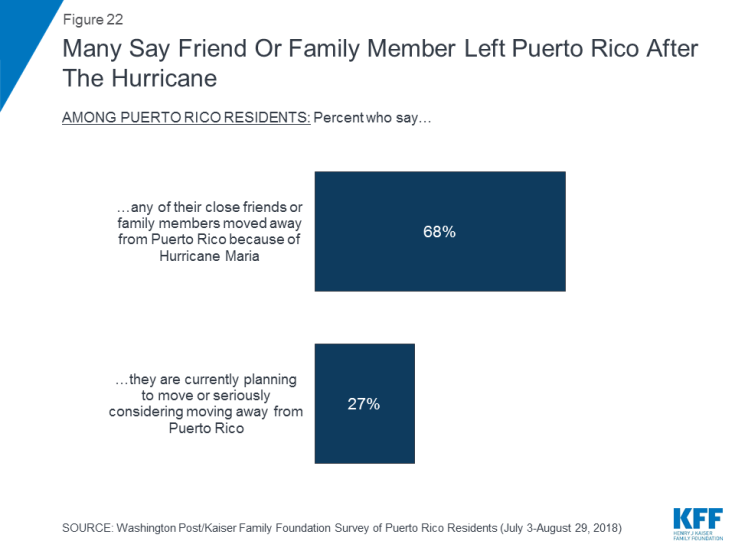Views and Experiences of Puerto Ricans One Year After Hurricane Maria
Section 2: Moving Forward with Recovery and Continued Need
Just shy of a year after Hurricane Maria devastated Puerto Rico, about four in ten (39 percent) say their day-to-day life is largely back to normal and another 36 percent say it is almost back to normal. For a quarter (25 percent), they report their lives are still somewhat or very disrupted (18 percent and 7 percent, respectively). Those with lower incomes (less than $20,000 annually) are more likely than others to say their lives are still very or somewhat disrupted (29 percent vs. 21 percent). The responses from Puerto Ricans are in stark contrast with the U.S. public’s assessment of how people in Puerto Rico are faring – 85 percent say they think day-to-day life for most people in Puerto Rico is still somewhat (39 percent) or very (46 percent) disrupted.1
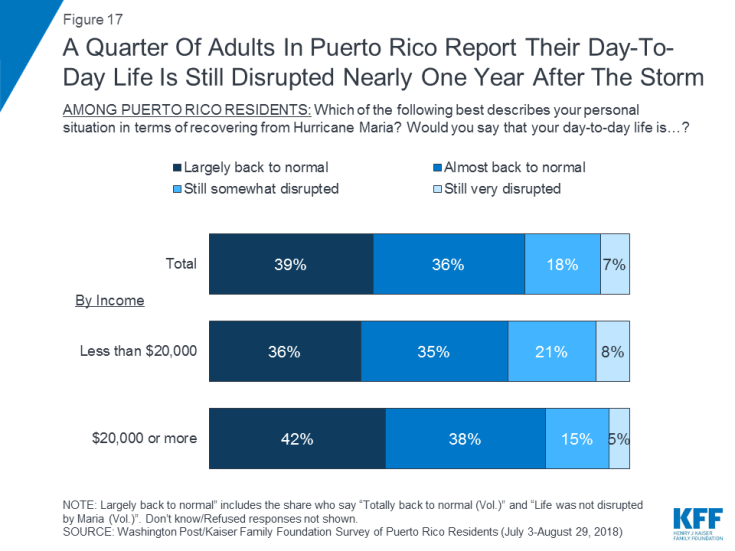
Figure 17: A Quarter Of Adults In Puerto Rico Report Their Day-To-Day Life Is Still Disrupted Nearly One Year After The Storm
In terms of the ongoing needs people have, about three in ten (31 percent) say they need more help repairing damage to their home, topping the list of needs asked about. Around two in ten (21 percent) report needing more help navigating the different systems for receiving help from the government. Lower on the list are issues like getting the medical care they and their family need (15 percent), restoring electricity to their home (13 percent), finding affordable permanent housing (10 percent) and getting mental health care for themselves or a family member (10 percent). Those with lower incomes more often report needing more help in many of these areas than others, particularly in repairing their damaged homes (37 percent vs. 23 percent) and navigating aid systems (25 percent vs. 14 percent).
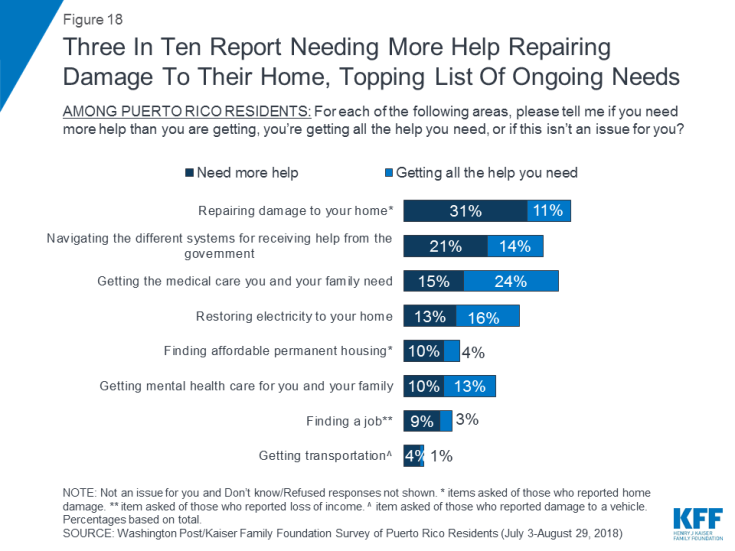
Figure 18: Three In Ten Report Needing More Help Repairing Damage To Their Home, Topping List Of Ongoing Needs
While relatively few say they need more help personally, large majorities say that more resources are necessary in a number of areas for rebuilding and recovering from the hurricane. Nearly everyone in Puerto Rico (93 percent) says more resources are necessary to rebuild roads and highways. Other areas with large shares of Puerto Ricans saying more resources are needed include: helping people whose jobs were affected by Maria find new employment (86 percent), helping small business recover (79 percent), repairing damaged homes (78 percent), and generally getting financial help to those who need it (76 percent). Notably, most adults in Puerto Rico don’t see restoring electricity to their home as something they personally need more help with, perhaps because the vast majority report now having grid power; however, a large majority (76 percent) see restoring the electrical grid as an area where more resources are necessary for the rebuilding and recovery efforts.
Views of Government’s Response and Priorities
Majorities of adults living in Puerto Rico have negative impressions of how all levels of government responded to the storm. The most negative response was for President Trump, with 80 percent rating his response to the hurricane as fair or poor, including 52 percent who say poor. The Puerto Rican government and Governor Rossellό have roughly seven in ten rating their response negatively, followed by six and ten giving a fair or poor rating to their municipal government and mayor (58 percent) and the federal government (58 percent) for the job each has done responding to Maria.
Many express apprehension of Puerto Rico’s standing in the U.S. and how that may have affected the response and the ongoing recovery. More than half (55 percent) say that rebuilding Puerto Rico is not a priority for the federal government, although nearly three-quarters the U.S. public thinks it should be (73 percent). Majorities of both Puerto Ricans and the U.S. public say the federal government’s response to Hurricane Maria was worse than its response to Hurricanes Harvey and Irma that struck Texas and Florida around the same time and that the federal government’s response to Maria would have been better if Puerto Rico were a state.2
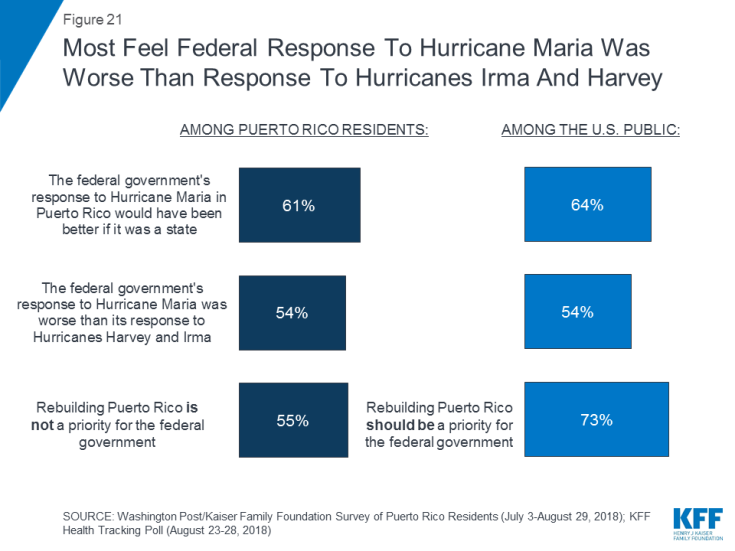
Figure 21: Most Feel Federal Response To Hurricane Maria Was Worse Than Response To Hurricanes Irma And Harvey
Looking Toward the Future
Puerto Ricans lean toward being optimistic about the future. Half say they’re optimistic (50 percent) and a similar share (43 percent) say they are pessimistic about the future of Puerto Rico. While there are many reasons why views in Puerto Rico after Hurricane Maria may be different from views of people in New Orleans after Hurricane Katrina, such as cultural differences or the area’s economic situation, many more in New Orleans said they were optimistic about the future of the area one year after the storm (70 percent).3
Puerto Rico has been experiencing outward migration for some time now and Hurricane Maria’s devastation has only exacerbated that movement or interest in leaving.4 Two-thirds of adults in Puerto Rico (68 percent) say that a close friend or family member moved away from the island because of Hurricane Maria. About a quarter (27 percent) say that they, themselves, are currently planning to move or are seriously considering moving away from Puerto Rico. Roughly half as many in New Orleans one year after Hurricane Katrina said they were seriously considering moving away (12 percent); however, this share rose over time to 28 percent in 2015, 10 years after Hurricane Katrina.
Perhaps contributing to this sense of pessimism for some are worries about the future in Puerto Rico. The vast majority express concern that another hurricane will hit the island and cause similar or worse damage (91 percent) or that they will lose electric power (88 percent). Many also report worrying about health services not being available when they need them (85 percent) and not having enough income to meet their needs (77 percent). In addition, about half report being worried about affording housing (55 percent), finding a good job (51 percent), or their kids getting a quality education (50 percent).
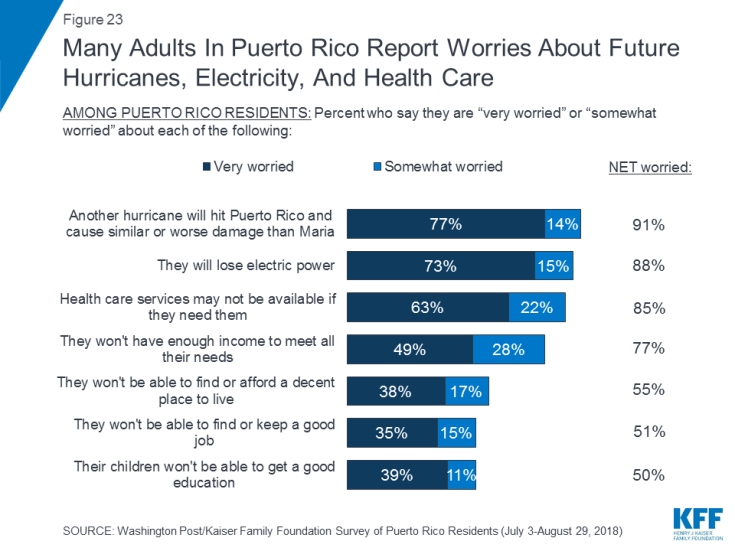
Figure 23: Many Adults In Puerto Rico Report Worries About Future Hurricanes, Electricity, And Health Care
When asked how prepared Puerto Ricans and the federal government are to deal with future hurricanes in Puerto Rico, majorities say both are not too or not at all prepared (67 percent and 54 percent, respectively), including more than a third (35 percent) who say Puerto Ricans themselves are not at all prepared to deal with hurricanes in the future. However, 81 percent say they and their family have personally taken steps to prepare for future hurricanes in their area.
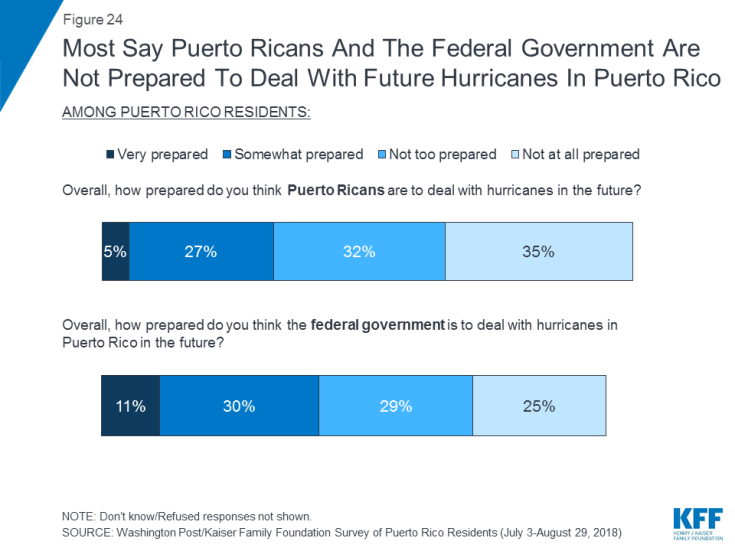
Figure 24: Most Say Puerto Ricans And The Federal Government Are Not Prepared To Deal With Future Hurricanes In Puerto Rico
Comparing Experiences in Texas Gulf Coast Area After Hurricane Harvey
Another category 4 hurricane, Hurricane Harvey, struck the Houston, Texas area on August 25, 2017, about a month before Hurricane Maria hit Puerto Rico, and caused major flooding and damage. The Kaiser Family Foundation in partnership with the Episcopal Health Foundation has conducted two surveys of adults living in 24 counties along the Texas coast that were particularly hard hit by Harvey. The first survey was conducted between two and three months after the storm and the second was conducted this summer prior to the one year anniversary. While the communities affected – as well as the storms and their impacts – differ in several ways, comparisons can be made to understand how people in each place are coping and rebuilding.
In Puerto Rico and the Texas Gulf Coast area, similar shares report experiencing job or income losses as a result of the storm. However, more in Puerto Rico report their home was damaged during the storm than those in the Texas Gulf Coast area (66 percent vs. 38 percent), but most of this difference is due to the fact that more in Puerto Rico report minor damage than in the Gulf Coast area (40 percent vs. 18 percent), likely because Hurricane Harvey resulted in a lot of flood damage whereas Hurricane Maria’s damage was more wind-related.
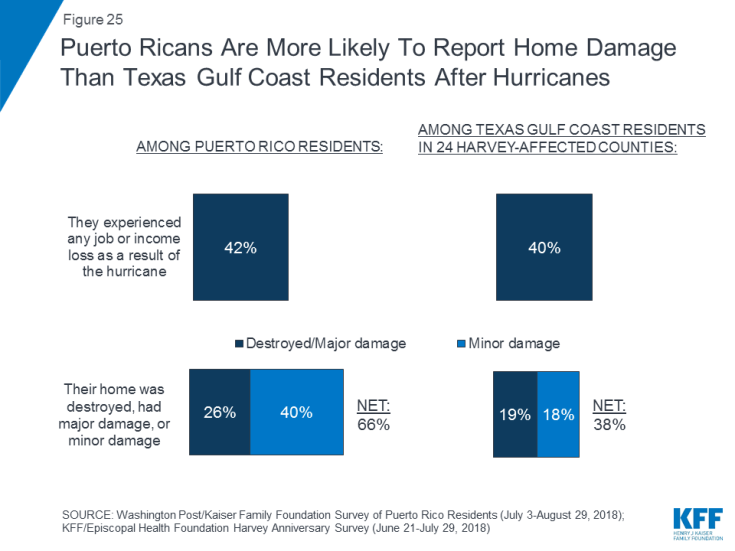
Figure 25: Puerto Ricans Are More Likely To Report Home Damage Than Texas Gulf Coast Residents After Hurricanes
In terms of the recovery, Puerto Ricans are less likely than Texas Gulf Coast residents to say their lives are largely back to normal (39 percent vs. 65 percent), however, when including those who say their life is almost back to normal, the shares are similar in both areas (81 percent in the Texas Gulf Coast area and 75 percent in Puerto Rico). Similar shares of Texas Gulf Coast and Puerto Rico residents report personally needing more help in a number of areas, but more in Puerto Rico say more resources are necessary for rebuilding and recovering in the following areas: repairing roads and highways (93 percent vs. 49 percent), repairing homes (78 percent vs. 62 percent), getting financial assistance to those who need it (76 percent vs. 63 percent), getting mental health services to those who need them (71 percent vs. 52 percent), repairing damaged schools (74 percent vs. 44 percent), and helping small businesses affected by storm (79 percent vs. 51 percent). Puerto Ricans are also much less likely to feel like the federal government is prepared to deal with future hurricanes in the area than people in the Texas Gulf Coast area (41 percent vs. 64 percent).
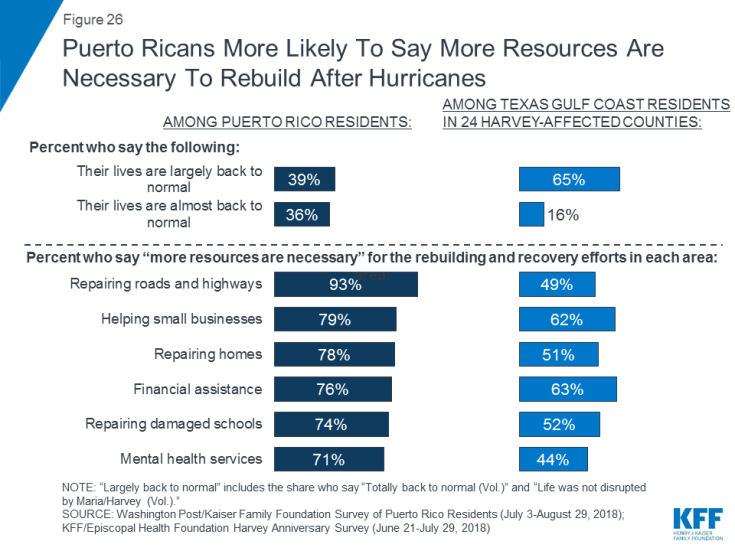
Figure 26: Puerto Ricans More Likely To Say More Resources Are Necessary To Rebuild After Hurricanes
|
Economic Impacts and Worries More Pronounced Among Working-Age Puerto Ricans Adults of working age more often report employment-related impacts of the storm and corresponding economic challenges such as trouble paying their rent or mortgage, problems paying for food, or having to borrow money from friends or family to make ends meet. Working-age adults are also more likely to say they are very worried about their economic future and large shares see close friends or family moving away from Puerto Rico.
|
|||||||||||||||||||||||||||||||||||||||||||||||||||||||||||||||||||||

